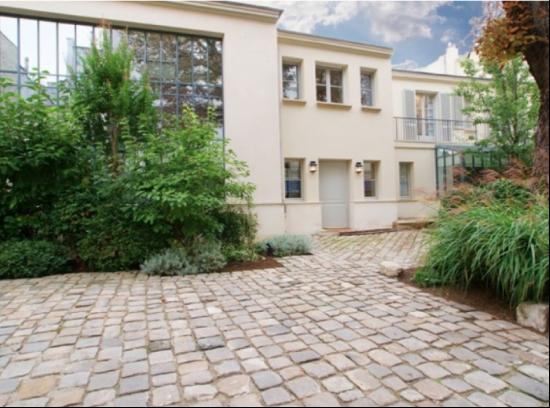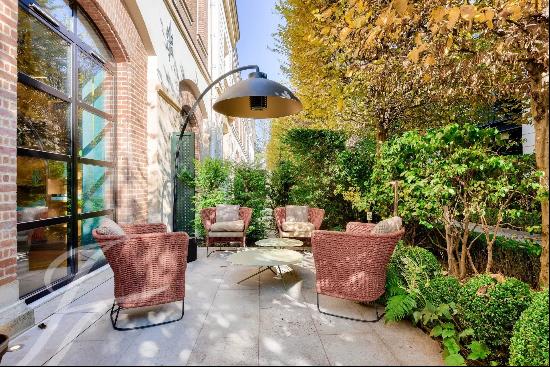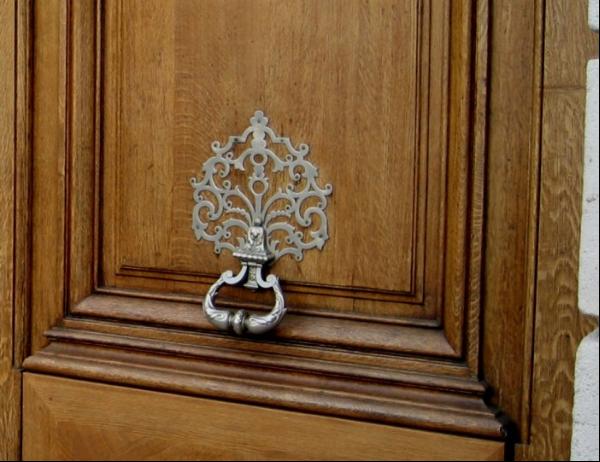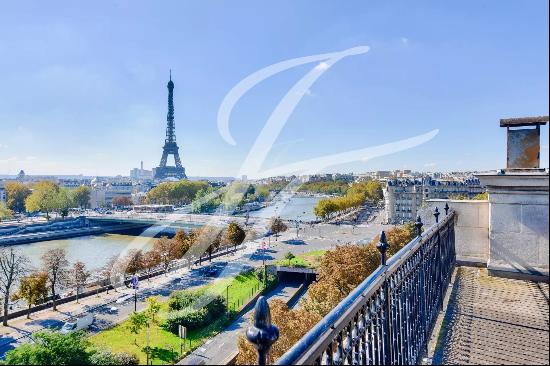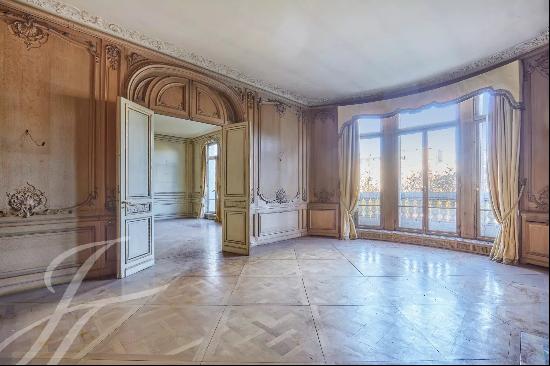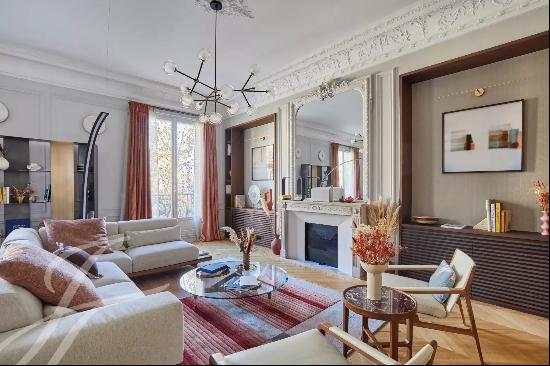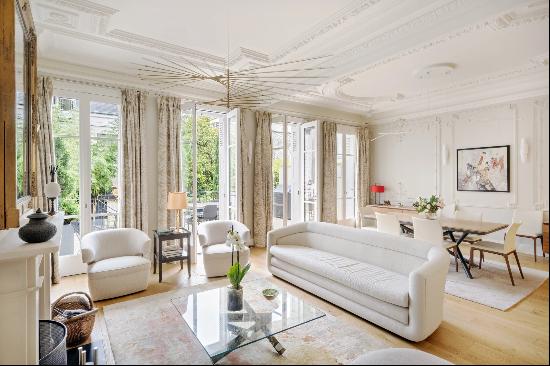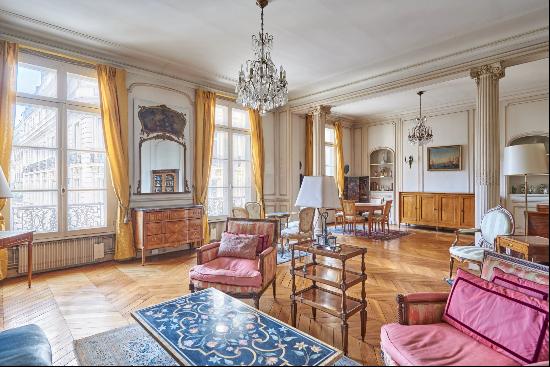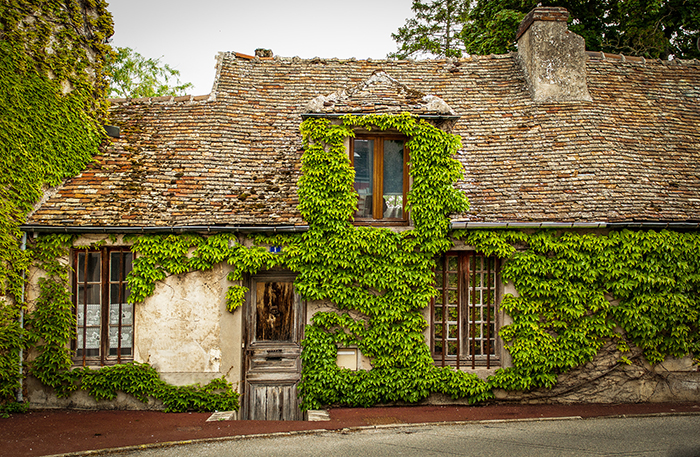
By Holly Connolly
I went to visit the grave of Marguerite Duras once, in Paris. Duras — if not my favourite author, then the one who can still startle me the most — is not buried in Père Lachaise, the tourist-magnet necropolis home to Oscar Wilde, Jim Morrison and Colette. Instead she is in Montparnasse, less famous, though not without its celebrities: Jean-Paul Sartre and Simone de Beauvoir share a grave there. We had to travel, it felt, across all of Paris to get there, sitting through multiple Metro changes mostly in grey silence, and arrived just as they were starting to shut the gates.
“Wait. This?”. Wilde’s grave — a monumental, two-person-tall slab with an Assyrian angel carved into it — was covered in lipstick kisses, so much so it has now been put behind glass. 'Duras’ grave — flat, nondescript, bearing just her name and that of her last lover, Yann Andréa — was covered only in cheap ballpoint pens. Wilde’s managed to capture something of his grand, singular essence; Duras’ felt like it could have been anybody’s. She wasn’t there.
Years later, scrolling through Twitter, I did finally get to see her essence, in a photograph of the kitchen of her house in Neauphle-le-Château, a small town an hour’s drive west of Paris. Duras split her time between three homes, in Neauphle-le-Château, Trouville and Paris, but it is Neauphle that looms largest in her writing on domesticity, a vision unsparing and sometimes violent: “I’ve spent whole summers at Neauphle alone except for drink,” opens one section in her 1990 work Practicalities.
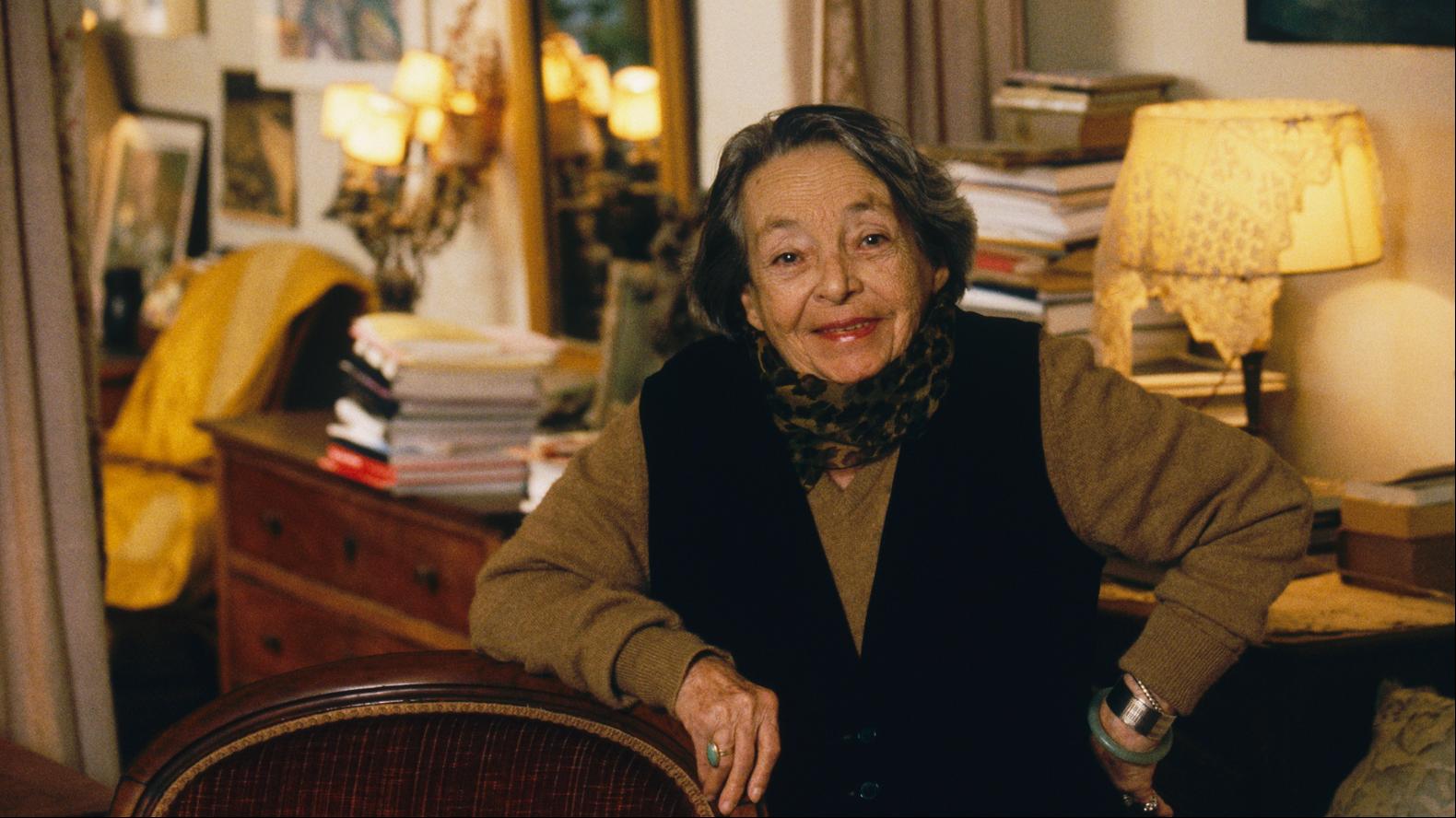
I saved the kitchen photograph to an album on my phone called “Homes”. This was a time in my life when I was in the grip of a sort of mania of fantasy home cataloguing and furniture accumulation — my most hysterical purchase was probably an enormous wooden Hungarian wedding chest, black and painted with vivid tulips; it took three men to get it through the front door.
Of the more than 400 images in the “Homes” album, it is Duras’ kitchen that I still return to the most. A low, dark room with exposed rafters, there is something comfortingly ubiquitous about it: chequered floor, standard-issue 1950s kitchen cabinets, pots and pans crammed haphazardly on wall hooks, assorted mugs hanging along a shelf, washing liquids lined up above the sink, mismatched chairs and, casually deposited in spare bottles, two roses (picked from the garden, in my mind at least). It is the room equivalent of the list that she gives us in Practicalities, of “all the things that ought to be always in the house” — a sturdy inventory that includes tinned tomatoes, Nescafé, window cleaner and fuses.
I am drawn to, and tend to live in, functional chaos. I don’t cultivate this. In fact I’d like to be different, and I go through phases of trying to impose order on it all. Ultimately, though, I always slide back to my natural state of books piled up on the floor, desks and surfaces crowded with random ephemera, drawers containing not a single pair of unholed tights.
In this kitchen I see the best possible version of my chaos reflected back. Every aspect feels purposeful and necessary, with the sharp intent of Duras’ sparse, startling sentences. “I had that lamp put there in the corner so I could see better for chopping,” I can almost hear her saying. Yet nothing feels contrived, done only for effect. That the overall aesthetic is a cosy French farmhouse idyll is beside the point. It is a kitchen so solidly lived in it feels like it has been there forever.
Photography: Roger Viollet/Getty Images; Daniella Shreir; Fred PO/Flickr


